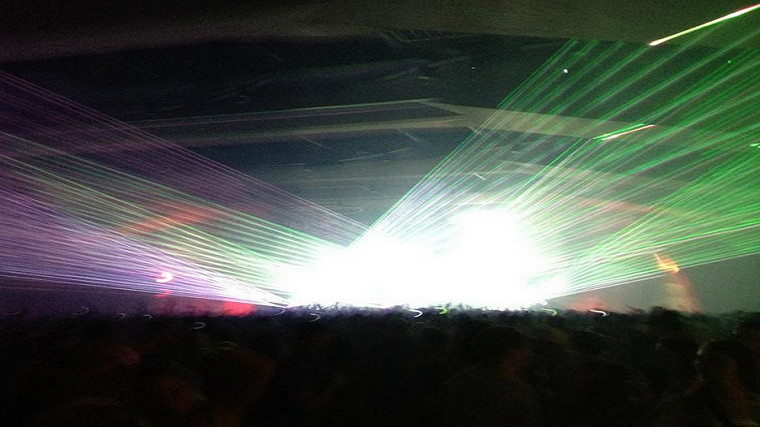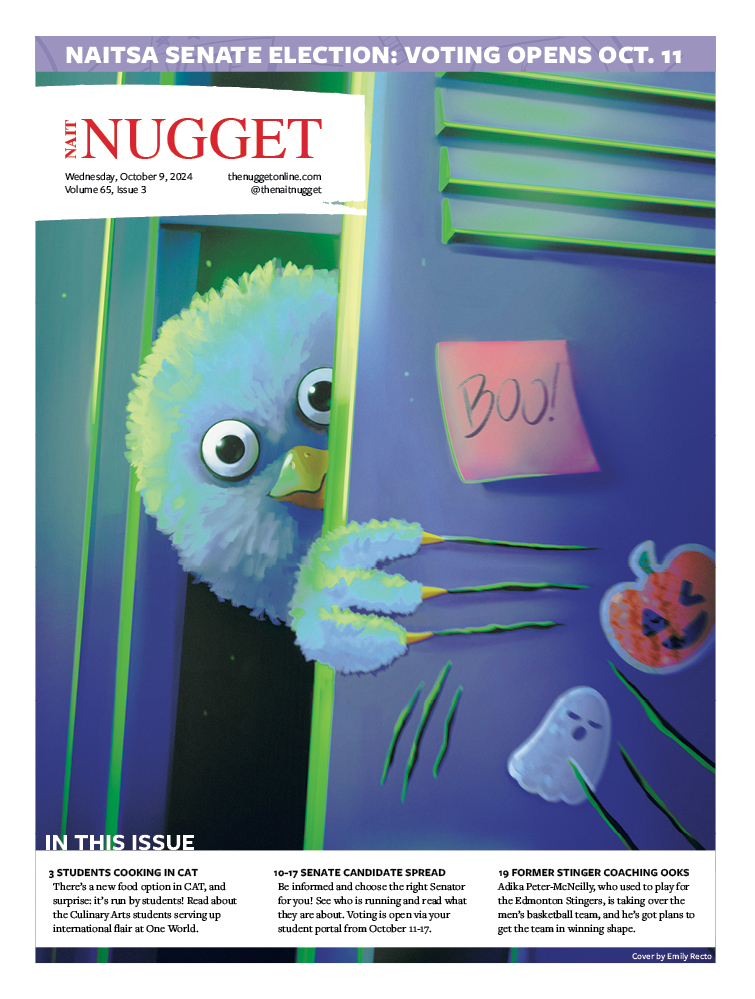There are many professions within the dance community and many of them are composed of people who work behind the scenes. Have you ever wondered how everything comes together, how the lights will simultaneously respond to the music? The lighting of a room can (and will) affect the mood, energy and overall atmosphere of every single person inside the venue.
The primary function of the lighting at an indoor event is to make the stage more visible. The way the stage is lit has a major impact on the way the audience perceives the stage, the images they see and therefore, the entire overall performance. Dance lighting is always unique at each individual performance. Dancing comes with body movement and every artist has a diverse style of music. The focus of the lighting in a room will subconsciously influence a person’s body language to where and how their body will move. How does it all get co-ordinated? Imagine an entrance to a large-scale indoor venue, such as Edmonton’s Shaw Conference Centre, then picture a red carpet on the floor leading the way from the entrance all the way into the centre of the dance floor. The natural rhythm of people is to follow the carpet to wherever it leads. The same principle applies to the lighting. If the red carpet were to be replaced with a red light instead, the natural rhythm of the crowd is to follow the path of the light on the floor.
Now, if the lights were moving on the floor in multiple directions, bodies would move without thinking and without noticing, a person could end on a path heading in the wrong direction from where they were planning on ending up. Lights act on the subconscious to determine how a person’s mood, energy and body movement take place. Moving lighting placed in the correct places is a science that involves pre-planning and a constant trial and error response to the individuals in the room. This is a skill nearly impossible to ever fully master. When the lights are synced to the music, an experienced lighting professional can light up the dance floor visually and is able to achieve a design that can reinforce the overall impact of the show’s production.
Lighting that is in time to the beat can increase someone’s energy and therefore boost their mood to start moving around and eventually initiate dancing. A skilled lighting illuminator can go above and beyond just beat-matching the lighting to bass drums and begin to harmonize the light show to flow with each and every individual song transition by the performers on the stage. My background as a DJ has influenced me to take a new interest in the profound operations and logistics of the lighting techniques behind the scenes inside popular nightclubs and music venues. I have only had one opportunity to take part in the science behind the lighting of a concert but I found it fascinating! I feel that I already understood the regular and natural progressions of the tempo of music and sound. Knowing this allows me to understand some of the core principles and basic techniques that contribute to the success of many of the most qualified lighting engineers in the world. While DJing will always be my core passion, lighting could very well become a valuable side skill to focus on.
Brett Bohl






